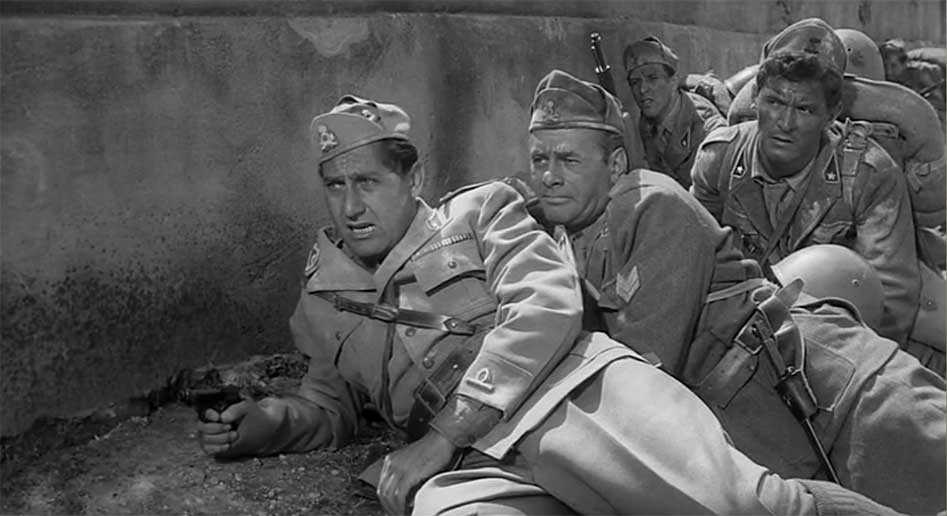In a new book, Divi. La mascolinità nel cinema italiano (Stars: Masculinity in Italian Cinema) (Donzelli, 2015), Jacqueline Reich, PhD, says the dark, mysterious macho parable of the “Latin Lover”—personified by Italian actors such as Marcello Mastroianni—is only one facet of Italian stardom.
Reich, a professor and chair of the Department of Communication and Media Studies, and her co-author Catherine O’Rawe, PhD, a reader in modern Italian culture at the University of Bristol, make the case that far from epitomizing an “otherworldly divine notion” of stardom, Italian male stars are very much tied to everyday struggles both on screen and off.
“In some cases, it’s through politics, in some cases it’s regionalism, and in some cases it’s specific genres or social movements,” she said, noting that “stardom” encompasses the real person, the role he plays on screen, and anything else—publicity, photo shoots, statements—that adds to his reputation.

“The image of masculinity is a much more conflicted one in which the male characters that these stars play are tossed about in the whirlwind changes that Italian society, culture, and politics have gone through in the 20th century.”
Reich’s book, which is part of a larger series of Italian books about film, is split into two parts: a theoretical section about film stardom in general, and a section devoted to specific Italian stars, reaching all the way back to the silent movie era. The authors hope to eventually publish an English-language version.
Gian Maria Volontè, who starred alongside Clint Eastwood in Sergio Leone’s 1964 spaghetti western A Fistful of Dollars, is one artist they examine. Although he found success in popular fare, Reich noted that Volontè later changed his tune, insisting that he would only act in political films. The on-screen gravitas he had created in his early roles carried over into both his on-screen and off-screen political work, she said.
Roberto Benigni, an actor and director who Americans may know best from his 1997 film Life is Beautiful, defies the “otherworldly persona,” said Reich, through his ever-present regionalism.
“In almost all the films he makes, he has a very audible Tuscan accent and presence, and a kind of physical comedy as well,” she said.
“Benigni was also a very outspoken opponent of [former primer minister]Silvio Berlusconi. He participated in rallies against Berlusconi, and created comedy routines against him,” she said. He used his celebrity to “inject a kind of commentary on the world,” she said, as he mocked Berlusconi on the satirical television program Rockpolitik with a routine in which he pretended to agonize over a search for at least one Berlusconi policy decision that was good for Italy.
Different notions of what constitutes stardom are not unique to Italy, of course. Reich said it’s no coincidence that modern-day movie stars came about at the same time as charismatic leaders like Mussolini, and even to an extent, Teddy Roosevelt. The early-to-mid 20th century was the first time in history when leaders could harness the power of the image through the medium of film. Similar lessons can be drawn out through the history of American cinema.
“It’s not just looking at the films themselves and finding patterns in them,” she said. “[It’s] more taking stardom as a whole and examining notions of charisma, performance, [and]semiotics, and examining stars as signs, symbols, and fashion icons.”

